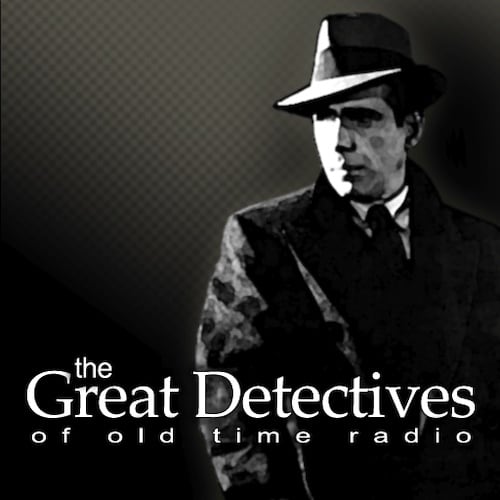The Classic Comedy team collection offers viewers a chance to see three of the all-time best comedy teams in action: the Three Stooges, Laurel and Hardy, and Abbott and Costello. The films, rather than being public domain works, are rare films that were made by MGM. This is particularly notable for Abbott and Costello as most of their pictures were made with Universal.
The Three Stooges discs offer two films, Gold Raiders, and Meet the Baron. Both films are obscure. Gold Raiders is an extremely low budget 1951 Western notable for being the only film made with Shemp, but unremarkable otherwise. Meet the Baron (1933) is an interesting film for fans of 1930s entertainment as you get some great performers all in one film, including Edna May Oliver, Jimmy Durante, and Zasu Pitts, who all had pretty good performances elsewhere. In fact, the Stooges barely feature. This is a film where the whole is far less than the sum of it’s part as it falls short under the weight of weak writing, as do many of the all-star comedies of that era.
Laurel and Hardy were past their prime but I found both of their war time films to be entertaining. Air Raid Wardens (1943) finds them taking on volunteer war work in an effort to help the country. It’s not only patriotic, but it was so hilarious, when I watched it while giving blood, it ended the donation because I was laughing so hard, the needle moved, so consider yourself warned. Nothing But Trouble (1944) offers a nice contrast between the Depression and World War II with Laurel and Hardy’s butler/cook team having left America in the 1930s when jobs were scarce and returning in the middle of war when demand for any job was high. The story features political intrigue and they find themselves in the middle of a plot to kill a pro-Democracy, football-loving teenage king. It’s not quite as good as Air Raid Wardens, but it’s funny and charming in its own right.
Abbott and Costello are the only duo to be at the height of their popularity and talent in this collection. Lost in a Harem (1944) finds them as magicians helping an Arabian prince regain his throne, and then, Abbott and Costello in Hollywood has them playing barbers who end up playing agent for a young star who is hated by a stuck up and egotistical actor determined to stay on top at all costs. Both films are great comedies with some classic sketches and I think they do a better job of balancing the pair vs. the romantic story line involving other actors, something Universal struggled with. Of the two, I like Abbott and Costello in Hollywood the best. The film has hilarious madcap sequences, such as when Costello pretends to be a dummy on a movie studio set. For fans of old films, there are brief appearances by Lucille Ball, Mike Mazurki, and Rags Ragland, with Carleton Young making a very good villain.
Overall, this is an enjoyable DVD set. While the Stooges films are more curiosities, the Laurel and Hardy and Abbott and Costello installments are delightful wartime entertainment.
Rating: 4.0 out of 5.0
